Tags
Related Posts
Share This
Our Grandfathers
Meet Brother Walter. He is a 5-foot-9-inch, foam and plasticine representation of a College of Santa Fe De La Salle Christian Brother, who currently lives in a 8-foot-by-10-foot installation inside the Southwest Annex. Walter, around age 73, owns a fish named Wilson, likes plants, embroiders handkerchiefs and loves his brown patterned chair that hasn’t been sat on since the brotherhood’s sudden move from the barracks in 2009, when the College of Santa Fe transitioned to new leadership. Since then, Walter’s brotherhood, a group of legendary educators under the Christian faith, has slowly concluded their chapter in Santa Fe’s history. With the exception of Brother Mouton and Brother Ron, who remain employed with SFUAD, the Brothers (not including the fictitious Walter) are retired and living on the grounds of Saint Michael’s High School. On May 2, 5 to 7 p.m., native Santa Fean and Studio Arts Senior Shelbie Loomis will salute the brotherhood’s legacy with an interactive installation called Cohesion, showcasing in the Southwest Annex Gallery.
According to Loomis, her thesis is a way of “giving life” back to that “dying” age of Santa Fe and will include the attendance of Brother Walter and his living quarters, a space that reflects his personality and the inner workings of his mind.
“It’s like this idea of coaxing and rehabilitating the past,” Loomis says, describing how she created the “residual energy” of Walter’s room by salvaging objects from the barracks themselves. Her found treasures included a suitcase with the initials WDBP, hand-stitched handkerchiefs, letters from the 1920s, clothes still in pristine condition and even an antique chair that the artist says smells like old man.
“The moment you walk into this one room,” Loomis says, recalling her time in the barracks, “the way that it was sitting, there was no dust on it. So the feeling that you get is that these Christian Brothers may or may not have had time to move.” The project, the artist says, then becomes one about “healing a lot of stuff that shouldn’t have happened.”
Being a spiritual person (blessing her art studio, for example), Loomis realized that the reason why the barracks were so often bombarded with superstition was because of the Brother’s lingering sorrow in a hasty move. Loomis decided to name that presence Walter and dove into the task of creating a new space in memoriam to the De La Salle Christian Brothers. The research included a visit to the Brother’s current residence on Saint Michael’s High School campus, where Loomis observed firsthand their art-decorated living room, intimate chapel, community kitchen and sleeping quarters. The space included Brother Martin’s rock-polishing shop, a mini barber/sewing room and library with built-in elevator.
Loomis, however, wonders if her work, within a growing anti-religious environment, will be authentic to those men of the doctrine and, if it is, she asks what that says about her own beliefs. “I’m trying to be authentic to the tradition,” Loomis says, “but I’m not sure how far I can go without causing too much uproar. I don’t want to create something that this isn’t. I don’t want to make statements, it’s just purely historical.”
Beyond her intent of remembrance, the idea of Walter, Loomis adds, also comes from combining all her grandfather figures, such as the surviving members of the Brotherhood and Vincent Mariani, a partner to Loomis’ grandmother, Sue Gregory, who has taught at Saint Michael’s High School for 21 years and is now head of the Religion Department.
“Because my grandmother has been [at Saint Michael’s High School] for so long,” Loomis says, “and she has made so many friendships with [the Brothers], I’ve grown up around them and they’ve become this grandfather figure. So this whole project is me coming to terms with, first of all, what is identity, then ultimately it comes down to different relationships with different grandfather figures in real life.”
The physical embodiment of the installation is so important, Loomis explains, that she takes Walter out in the streets of Santa Fe—in bookshops, yogurt shops, pastry shops—and has him share his experiences with others through his own Facebook page.
Her other grandfather figure, Vincent Mariani, who Loomis calls “papa,” was a big influence in developing the artist’s practice in creative space-making. “He’s like this authorial creature,” Loomis says, “he’s lived like seven lives, he’s Italian, he’s robust, he use to be Mr. Cleveland in his younger years,…he graduated from Yale and he studied under Josef Albers, who is a god of painting pretty much.” Loomis describes especially the two-story wooden house in Houston, where Mariani lives, and says that seeing the curation of his home, the design of his living space, made an impression on her.
“The type of artist I want to be isn’t so much about my painting or my drawings anymore,” Loomis says, “but the idea of creating spaces that have residual energy that capture an essence. So when a person comes into a house they get a general idea by the smell, by the way everything is placed, by the colors and the curation of putting a picture on the wall or flowers on the table. Even psychology says, you can pick up a person’s energy and a person’s personality by seeing their room.”
And for her showcase, Loomis wants visitors to feel the presence of the Brothers and of Mariani by exploring them. “I want people to move things, I want them to touch things. The whole idea of art is a little contrived to me,” Loomis adds, “I think it comes down to life and they can interact with it by involving themselves with this story.”






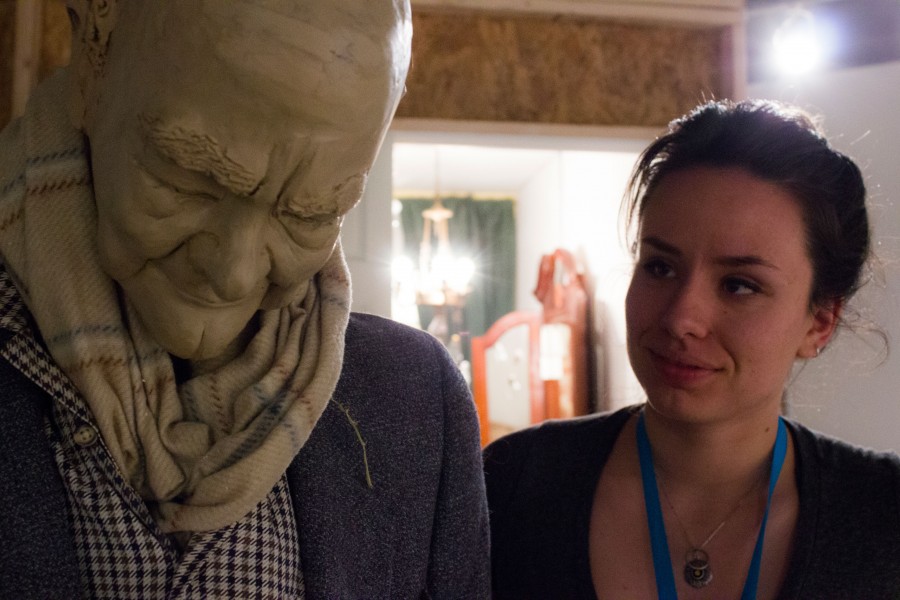
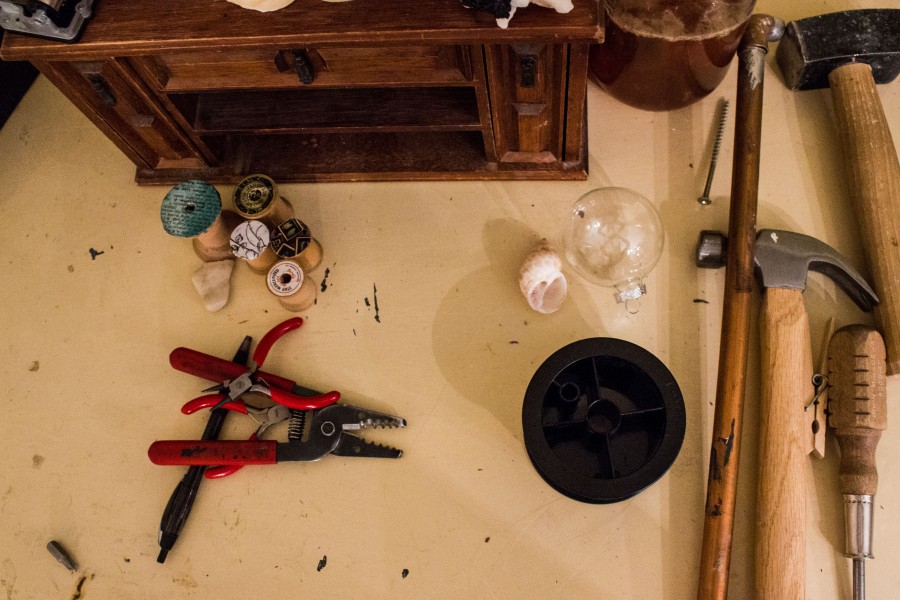
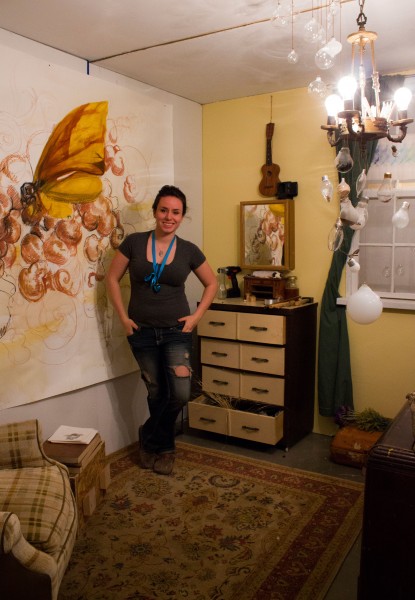
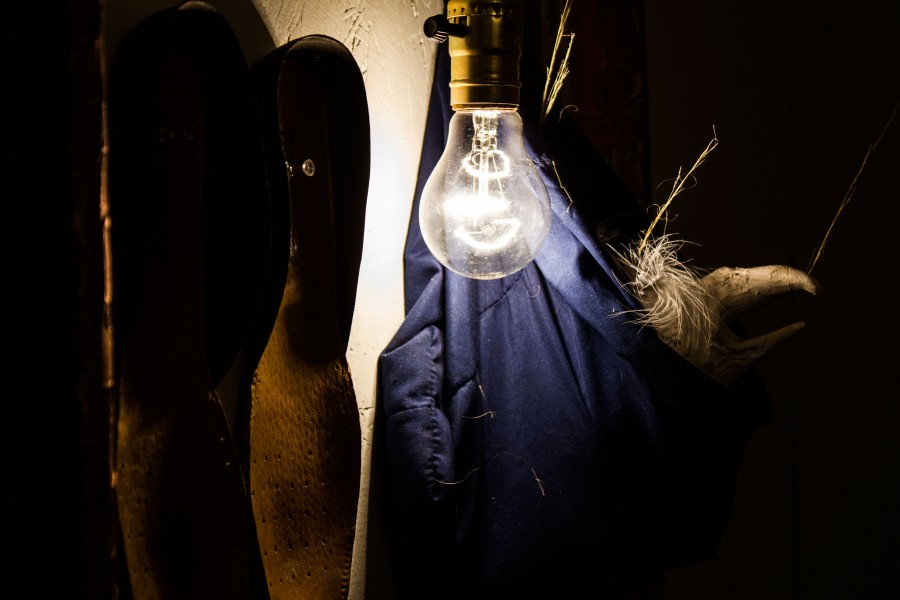
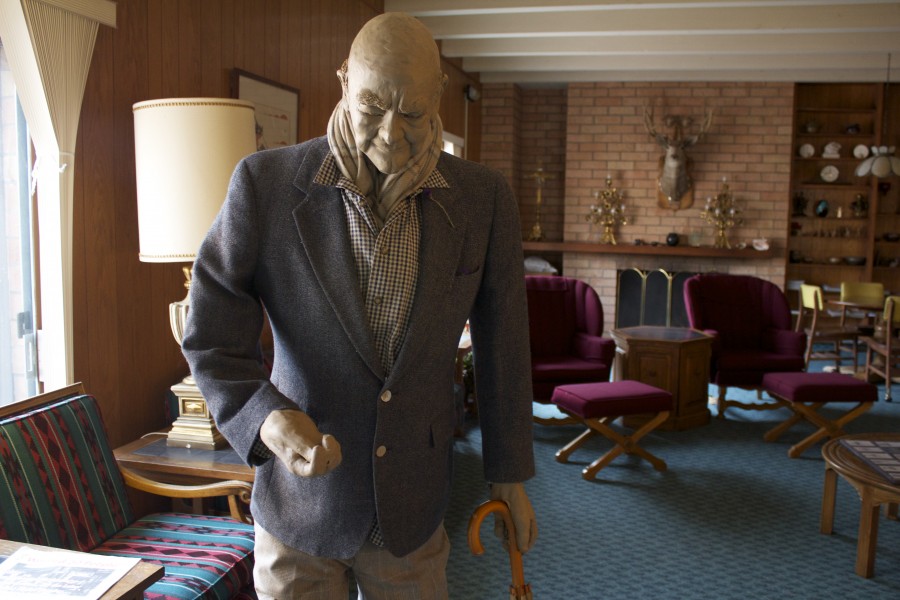
 Jackalope Magazine is the student magazine of Santa Fe University of Art and Design. Building on the interdisciplinary nature of our education, we aim to showcase the talent of our university and character of our city.
Jackalope Magazine is the student magazine of Santa Fe University of Art and Design. Building on the interdisciplinary nature of our education, we aim to showcase the talent of our university and character of our city.
Recent Comments